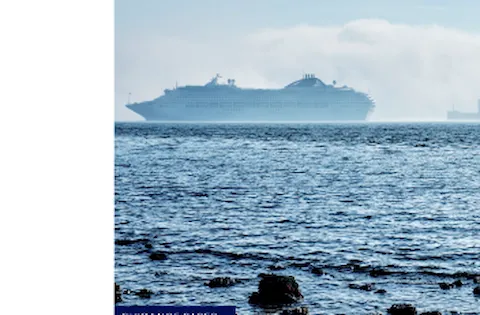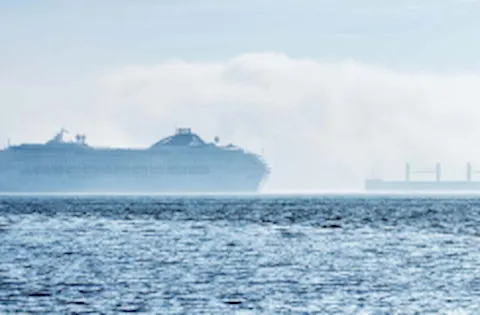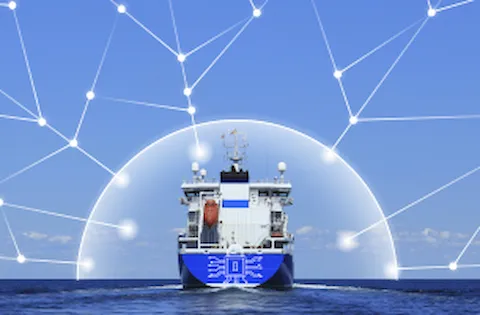Blackouts and resulting loss of propulsion have long been considered a major accident hazard for the passenger industry. Depending on the operational situation, loss of propulsion may pose an imminent threat to the ship and its passengers and crew.
Guidance paper leads you through the different steps for effective prevention and recovery of blackout
Fortunately, most incidents do not have significant consequences as they usually occur while in transit in open sea. Still, more can be done to reduce the likelihood that such events occur, so that they do not happen in more high-risk situations. Through implementing the best practices and recommendations from DNV’s guidance paper, the industry can significantly reduce the risks of blackout and loss of propulsion, and thereby take a step change to improving safety.

Guidance paper: MANAGING THE RISK OF BLACKOUTS
A stepwise approach for managing the risks of blackout and resulting loss of propulsion. This paper provides recommendations and best practices for fleets in operation as well as newbuilds.

Summary: MANAGING THE RISK OF BLACKOUTS
Read the 8-page summary of our guidance paper

Expert presentation: Cyber security in the maritime industry – the ISM Code as another driver
Watch the video recording and download the slide deck
Other relevant DNV publications
Safety assurance of complex systems Part 1: Complexity
Request your copy
Safety assurance of complex systems Part 2: Assurance and analysis
Request your copy
Safety assurance of complex systems Part 3: Verification and evidence
Request your copy
Understanding sensor systems reliability
Download your copy
Technical Guidance - DP-classed vessels with closed bus-tie(s)
Request your download
